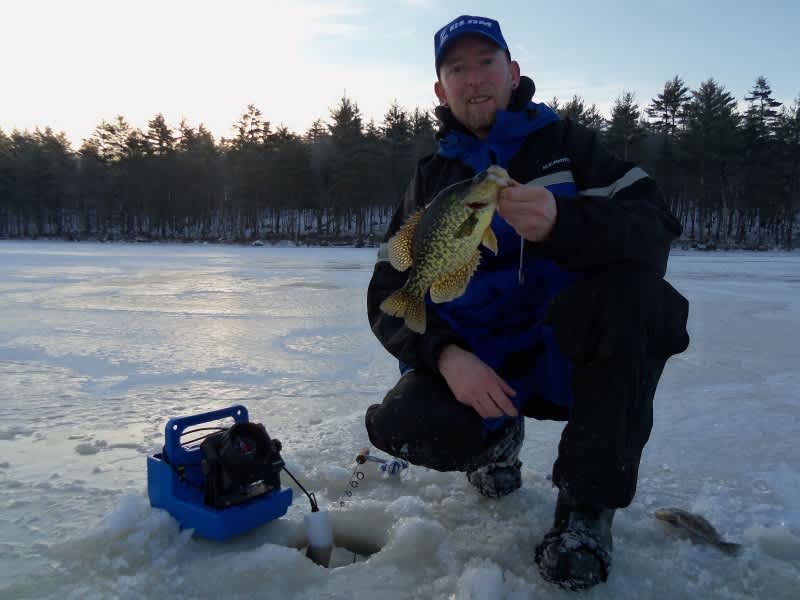Ice Team Tips: Ice Safety
Ice Team 11.01.13

As ice fishing season draws near, anglers are brimming with excitement at the thought of finally getting back out onto the ice. It’s easy to get caught up in the excitement to get out and fish first ice and become complacent about safety. Every year we lose far too many ice anglers. Last year was an especially tough year for us across the ice belt with the tragic loss of Ice Team Pro Jim Hudson. Going into this season, safety is in the forefront of almost every angler’s mind. Here are a few tips to help ensure you stay safe this coming season.
The cardinal rule of ice safety is “check as you go.” Carry a chisel with you and use it like a walking stick. As you walk across the ice, drive the chisel down firmly. If you can drive the chisel through the ice with one hard blow, then it is not safe to walk there. Listen for the sound the chisel makes. If the sound changes, it’s because the thickness of the ice has changed. Stop periodically to check the actual thickness just to be certain it is still safe. Lightweight electric ice augers have made checking the thickness of ice easier than ever. Now there is no need to wear yourself out chiseling or drilling holes before you even make it to your fishing spot. Always be especially cautious near channels, narrows, and areas with sustained winds or current, as they tend to have the thinnest ice.
The most safety-conscious ice anglers will wear a personal flotation device (PFD) during the early ice season. Self-inflating life vests have a low profile and are lightweight, but any PFD will add a level of security to your trip. This season Clam has introduced the Lift Suit, which has buoyant properties. The added lift that the suit creates is a welcome addition to my ice-safety arsenal. Just don’t rely solely on the buoyant properties of the Lift Suit as it is not Coast Guard-approved.
The buddy system is another smart safety precaution. Don’t go it alone, especially during early ice. Always bring a friend and have a plan for what to do if one of you goes through. A smart investment is a 50-foot throw bag. I have been carrying one on the ice ever since I began guiding ice anglers and I’m grateful that I’ve never had to use it. A throw bag consists of 50 feet of floating line stuffed loosely inside a bag so that the line will pay out when the bag is thrown. If you or someone you’re with goes through the ice, hold the loose end of the line, and throw the bag to the person in need of rescue. The orange bag is attached to the other end of the line, making it easier for the person in the water to see it.
Never take ice thickness for granted. The thickness of the ice can—and usually does—vary, even during the peak of ice fishing season. Complacency is one of the leading factors in ice fishing accidents. When ice safety is a top priority, there is nothing left to do except have fun and catch fish.
For more info about Tim please visit www.TimMooreOutdoors.com.

